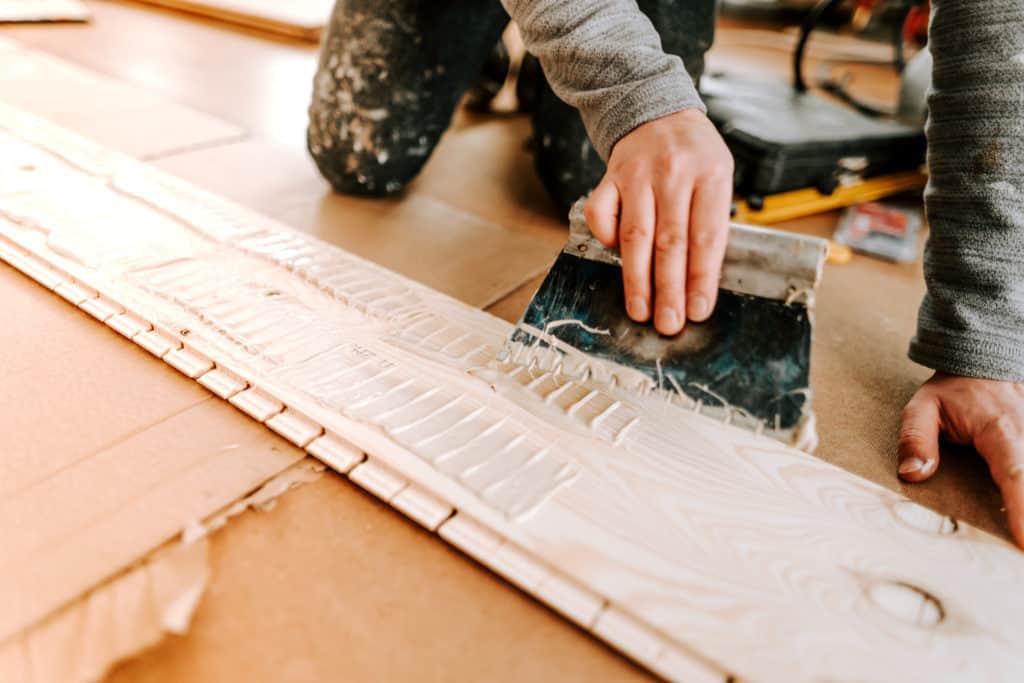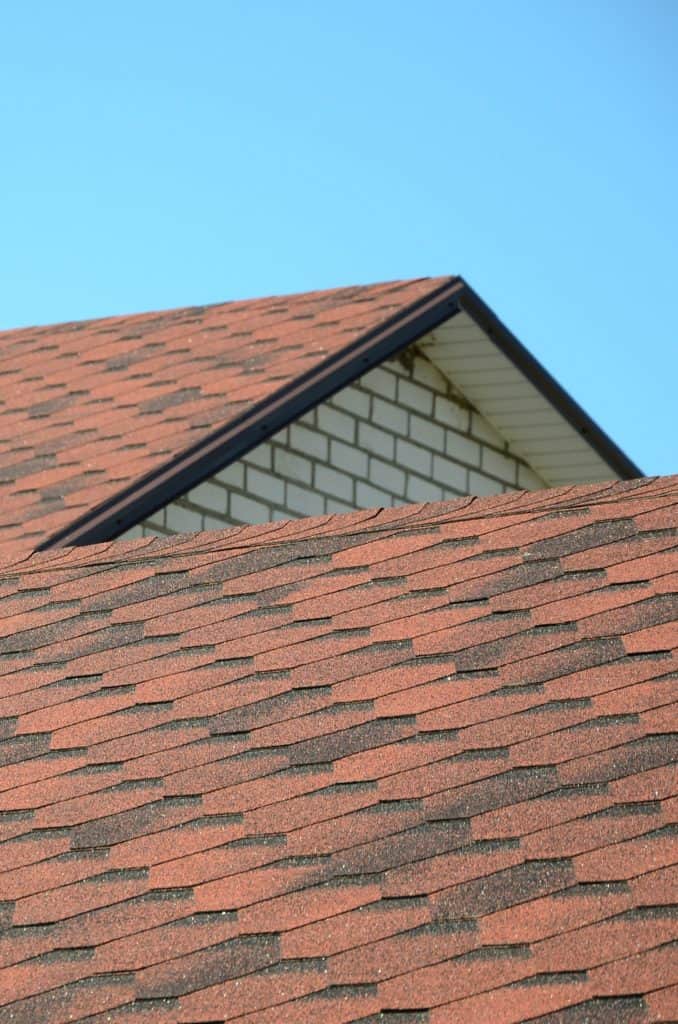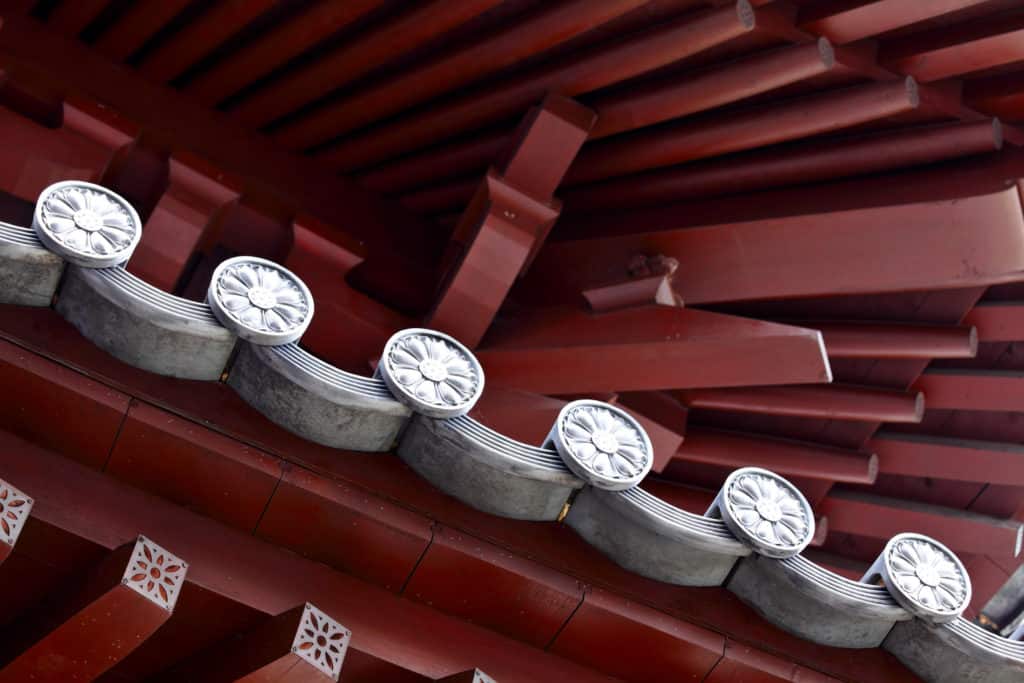You’re not alone if you’ve ever wondered how your roof works. Your home’s temperature is constantly changing, so your roof must protect it. The roof also helps to keep your home’s temperature stable. The right roof will help you avoid problems with your temperature. Learn about the components that make your roof work properly and how you can improve your roof.

Underlayment
Underlayment is an essential part of the roof’s overall protection. It helps prevent water from seeping through and helps control evaporation, and it can help prevent heat and UV rays from damaging the roof. Several types of underlayment are available for your roof, and you can choose the one that best suits your needs.
Some of these materials are self-adhering, while others are not. Usually, they are attached to the roof by fasteners that make holes in them. Most people use staples, although other fasteners are available. You can also opt for plastic caps if you live in a high-wind area or the underlayment is synthetic. Plastic caps are essentially nails that have plastic gaskets on them, which seal the underlayment against moisture.
A professional roofing contractor can help you choose the proper underlayment for your home. They can recommend the best underlayment based on the type of roof and the local climate. Remember that the roof is a significant investment, so you should protect it as well as possible.

Woven Valleys
When you see woven valleys in your roof, please pay attention to them. They can indicate that a part of your roof has a defect. They may also void a limited warranty. Worn valleys can also look unsightly and may detract from the overall appearance of your home.
Although woven valleys require more time to install, they are the most weather-resistant of the three types. Another advantage is that they don’t require messy roofing cement. Moreover, you can weave your shingles into the valley or out of it. This way, you can avoid having unsightly lumps in the middle of your roof.
Woven valleys come in two types: closed and open. The former hides the metal lining, while the latter exposes it. Closed valleys require special skills and care in weaving the shingles over the valley. If you choose open valleys, you may want to consider metal flashing to protect the valley from damage.
In addition to woven valleys, you can also install metal valleys on your roof. The metal valleys can be galvanized steel, copper, aluminum, or coated. The metal valleys can also be covered with a water and ice shield.

Open Eave
If you have a flat or sloped roof, you may want to consider an Open Eave. These eaves offer protection from the elements and help keep rain from pooling on your roof. A wider open eave allows more light to enter a home during the day.
The open eave gives you more height on your roof but also exposes the rafters. An open eave also allows hot air to escape from the roof, which is better for the home’s heating and cooling systems. Unlike a closed eave, open eaves require less maintenance and can add character to the exterior of your home. The most common type of open Eave is the boxed roof eave.
If the rafter is rotted, you can replace it with pressure-treated wood. You can also install a cleat to support your new overhang. Once the cleat is secured, you can attach the soffit to it. The soffit should also be properly sealed so that water cannot penetrate the opening. You can also seal your Open Eave using wire mesh.
When installing an Open Eave on your roof, make sure that you choose one with a high overhang. This will prevent water from getting into the house and causing water leaks. Also, it will prevent water from sitting around the footers of the house, which can be problematic for the house’s foundation.
Gutter heating
Gutter heating is a great way to prevent damage from freezing winters. The heating system includes a self-regulating heat tape threaded into the gutter and downspout. This prevents the formation of ice dams, which can lead to water damage. This problem is severe in areas where snow or ice can accumulate. This can lead to more outstanding repair bills for homeowners.
There are a few different types of gutter heat cables available. Some automated systems have components that clip onto the gutters, while others are cut-to-measure. Some automated systems have components that clip onto the gutters, while others are cut-to-measure. Pre-assembled cables run from the roof, while self-regulating gutter warmers are available in rolls of 50 to 1,000 feet. Costs range from $20 per foot.
Heat gutters use a sensor to monitor the temperature outside. Once it drops below a certain threshold, the heating cable inside the gutter melts the snow and prevents it from accumulating. However, this system can cause issues when the heating cable is exposed and clogged. Moreover, it can also cause electrical shortages, so hiring a qualified and experienced installer is essential. Also, ensure that the gutter heating system can handle the load. It may need its electrical box. Otherwise, it can overload the kitchen’s electrical system.
Another way to prevent ice dams is by installing heat gutter tape. These devices are made from insulated wires and can be installed in the gutter or downspouts. They prevent ice from forming and will protect your gutters and roof from further damage. Moreover, they can help prevent ice dams and improve the overall lifespan of your gutters.
Shingles
If you notice a patch of broken or damaged shingles on your roof, it may be time to replace them. These patches may appear as dark spots on your shingles. These shingles are prone to damage from high winds and heavy snowfall. Contact a contractor for an inspection to determine whether the shingles require repair or a complete replacement.
Shingles are the primary component of a roofing system. They come in various colors and styles and are a primary barrier against nature. Shingles are easy to install and provide the base of protection for your home. During the installation process, the overlapped joints of the shingles must overlap one another. This helps prevent water from dripping through and causing damage. The shingles also direct rain and snow to a roof drain.
Another option is to install metal shingles on your roof. These are made from aluminum, steel, copper, or some combination of these materials. They are very durable and can last for 50 to 75 years. Additionally, metal shingles are resistant to weathering and rain, making them a good choice for rainy regions.
Gutter guards
Gutter guards for your roof are an excellent way to prevent damage caused by falling debris. When leaves and other debris become trapped in the gutters, they can spark a fire. This fire can spread quickly throughout the roof. Additionally, gutter guards prevent pests from accessing the gutters.
However, installing gutter guards yourself is a dangerous and time-consuming task. Furthermore, improperly installed guards may invalidate the warranty on your roof. It is advisable to hire a professional gutter guard installation service. These professionals will handle the installation process correctly. Also, they know the different types of gutter guards, including the best materials to use.
Gutter guards will keep debris away from your roof and make cleaning your gutters less hassle. A gutter guard also prevents ice from forming in your gutters. It also helps to prevent lichen growth, which can cause corrosion of the roofing iron. And with regular maintenance, gutter guards will save you money on cleaning costs!
Besides preventing rodents and insects from infesting your gutters, gutter guards also help to prevent ice dams from forming, which can be a severe issue.
Roof ventilation
Proper roof ventilation is vital to the efficiency of your home. If it’s not done, it could result in several problems, including moisture in the attic and even frost formation. Proper ventilation can also help reduce the risk of ice dams, which can damage roofing materials. The type of roof vent you install will depend on the condition of your roof.
A professional roofing contractor can help you determine the proper ventilation for your home. They will be able to estimate the amount of airflow in the attic. However, if you’re unsure, there are several things you can do on your own to ensure proper ventilation. The first thing to do is to check the condition of your roof.
Proper roof ventilation is also vital for maintaining the health of your attic. During normal household activities, warm moist air rises through the roof and condenses on the cooler air in the attic. This condensation wets the insulation and framing members, which in turn causes mold to grow. This is not only detrimental to the health of the building but can also lead to structural problems.



